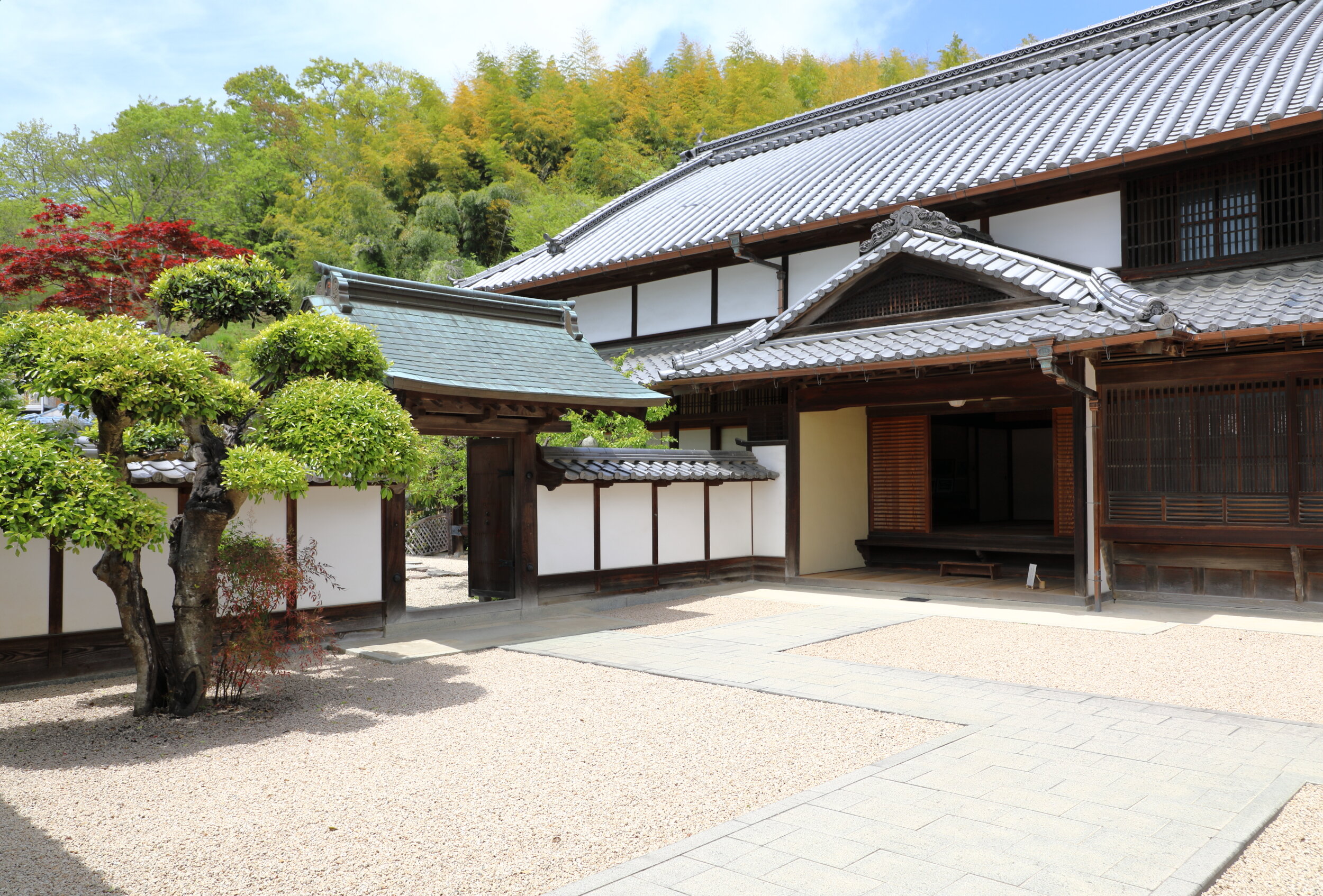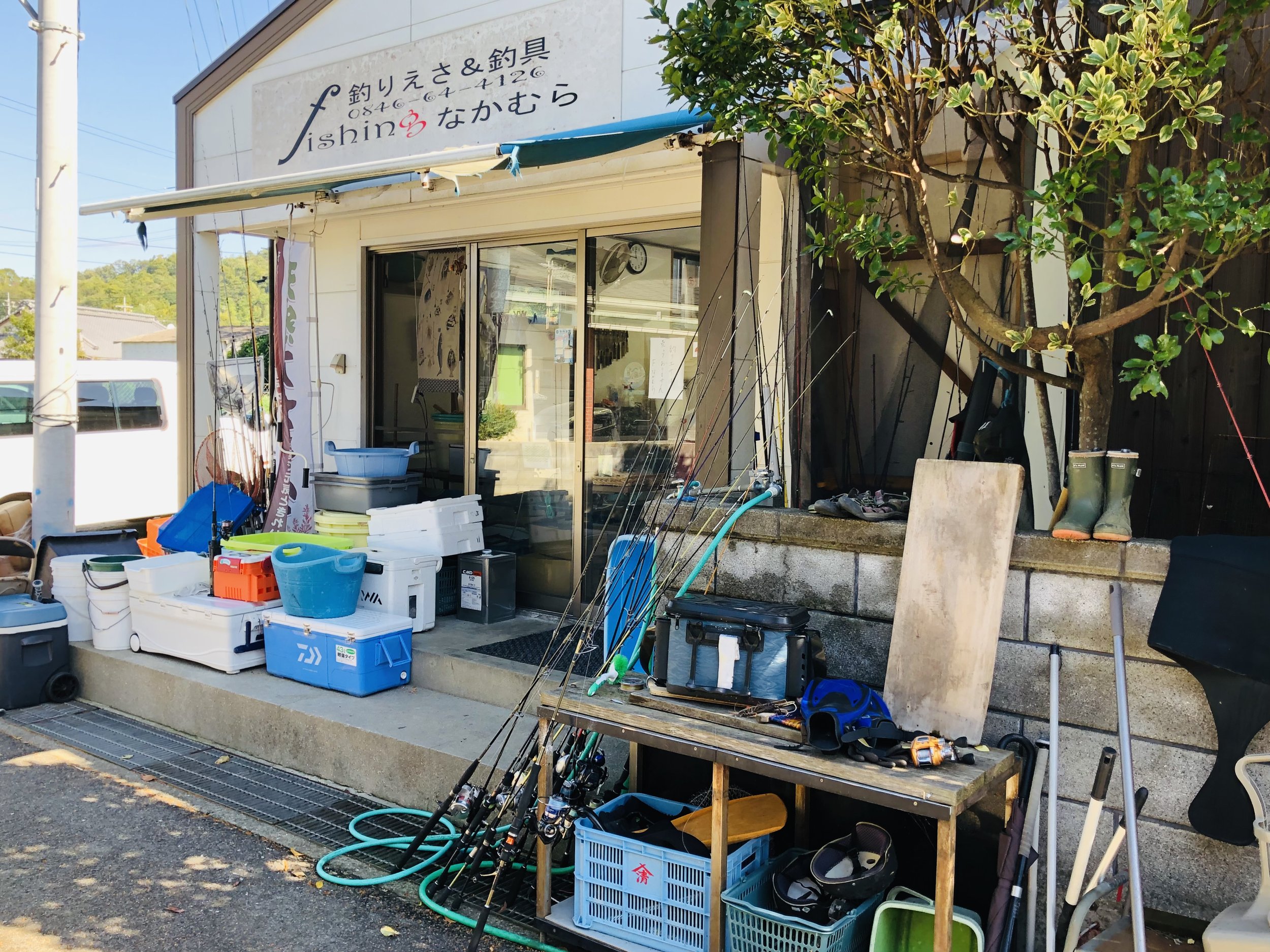Osaki Kamijima Island
One of the largest islands in the Seto Inland Sea, Osaki Kamijima lies among the hundreds of islands called the Geiyo Islands that are tightly clustered at the sea’s heart. From the top of Mt. Kamimine, one of the highest peaks in the region, there is a panoramic view of this breath-taking archipelago.
In recent decades, a number of the Geiyo Islands have been connected by bridges and linked to the mainland islands of Honshu in the north and Shikoku in the south, providing visitors with access to what was previously a remote world. But despite its size and central location, Osaki Kamijima remains isolated and is only accessible by ferry. Some people say that the reason for this is that the two prefectures that share authority over the Geiyo Islands—Ehime and Hiroshima prefectures—couldn’t agree on who would pay for a bridge. Others say it’s because the islanders didn’t want one, despite the convenience and economic benefits a land transportation route to the mainland would create.
Osaki Kamijima has a proud history. From the Edo period (1603-1867) to the late 20th century, the island was a key wholesale shipping and shipbuilding center. During Japan’s medieval era (1185-1603), it was a stronghold of the pirate families (kaizoku) who ruled the Geiyo Islands and surrounding sea, and there are ruins of twelve of their castles on the island. Throughout most of its history, Osaki Kamijima was a major sea salt producer whose origins trace back to the Kofun period (300-538 AD) when people first settled there.
Built in the mid-1800s, the large compound of the Mochizuki family, who were active in all phases of the island’s commerce: salt-making, shipping, shipbuilding, and farming, is a beautifully-restored example of country architecture in the late Edo period (1603-1867) and a testament to the island’s historic wealth and economic dynamism.
Following the decline of its maritime activities, Osaki Kamijima became another one of the region’s citrus islands, covered with mikan orange groves. Over the years, its population has declined to less than 8,000 people, and today many of the shops in the old port town of Kinoe are shuttered. However, the island is not the backwater that might conjure up. It’s buzzing with new activity, as its farmers, fishermen, and craft food makers, which include a growing number of new residents, are transforming Osaki Kamijima into a producer of a diverse range of traditional and new, agricultural and artisanal foods. What makes their story truly remarkable are the quality of their foods, the innovative ways they have repurposed the abandoned salt fields to produce foods, and the mutually beneficial ways they are working together.
The list of foods is eclectic. It includes the all-natural, artisanal soy sauce brewed by Okamoto Soy Sauce and organic extra virgin olive oil pressed at Nakahara Organic Olive Farm, which was certified as Japan’s second domestically-produced organic olive oil by the Japan Agricultural Standards bureau in 2017. The olive farm is on a former salt field whose soil Kota Nakahara (the fourth generation head of Nakahara Organic Mikan Orange Farm who planted the olive groves two decades ago) has restored by mulching it with organic compost from shiitake mushrooms grown in the forests on the slopes of Mt. Kamimine. He also uses the nutrient-rich soil that Farm Suzuki dredges each spring when it cleans its oyster ponds.
At Farm Suzuki, Takashi Suzuki is raising plump, deliciously fruity and juicy claire oysters in old salt pans in the French way by filling the ponds with a mixture of fresh and sea water. The oysters can be enjoyed at a small restaurant on the farm (and also at Harbor Restaurant, which is next to the ferry boat terminal in Takehara City on Honshu Island,) where they are served with lemons grown on Osaki Kamijima at Iwasaki Farm.
Strawberries and blueberries are also being grown in the sandy soil of former salt fields, as are fruits tomatoes. Fruits tomatoes aren’t a special variety of tomato but are ordinary tomatoes that are stressed by giving them as little water as possible, resulting in a medium-sized, dense yet juicy tomato that releases a very sweet, intensely rich burst of tomatoey flavor when you bite into it.
One farmer is taking the island’s reputation for delectably thick shiitake mushrooms to a new level by growing his shiitake with artificial light following Japan’s research into how this makes the mushrooms more flavorful and packed with umami.
The island’s fishermen, in turn, have been inspired to expand their catch. In addition to the exceptional wild-caught seafoods they bait from the fast straits flowing around the island and the hijiki seaweed they harvest and hand-process, they are now harvesting akamoku—a type of seaweed regarded as a new superfood.
Yoshihiro Okamoto is the patriarch of the family brewing an all-natural, traditional style of soy sauce at Okamoto Soy Sauce.
Farm Suzuki raises claire oysters in former salt pans located along the northeastern shore of the island.
The Nakamura family harvests hijiki and akamoku seaweed, in addition to a wide range of wild-caught fish.
Dense, sweet, and intensely rich fruits tomatoes.
You don’t need to visit Osaki Kamijima to enjoy its culinary delights as its foods can be found featured on the menus of the many new restaurants, inns, and hotels in the region. They’re also being shipped farther afield to major cities like Hiroshima, Osaka, and Tokyo and, in the case of Farm Suzuki’s claire oysters, exported abroad.
But if you’re looking to spend some time off the beaten path, Osaki Kamijima’s food makers are warm, welcoming people who will gladly show you around and explain what they’re doing. The island is easily reached by ferry from a number of mainland locations. In addition, the hot springs resort Kinoe Onsen Hotel Seifukan, perched on a cliff on the southern side of the island, is one of the better places to stay in the area. It has a range of rooms, excellent seafood meals, and an expert mixologist in its cocktail bar.
The view from the hot springs at Kinoe Onsen Hotel Seifukan
Access
There are regular ferries to several ports on Osaki Kamijima from the towns of Takehara and Akitsu on Honshu Island and from the ports of Imabari and Munakata on Shikoku Island. The roughly 30-minute ride takes you through one of the most scenic areas of the Seto Inland Sea. There is also a ferry from Ocho Port on nearby Osaki Shimojima Island, which is the last island in the Tobishima Kaido island chain.





